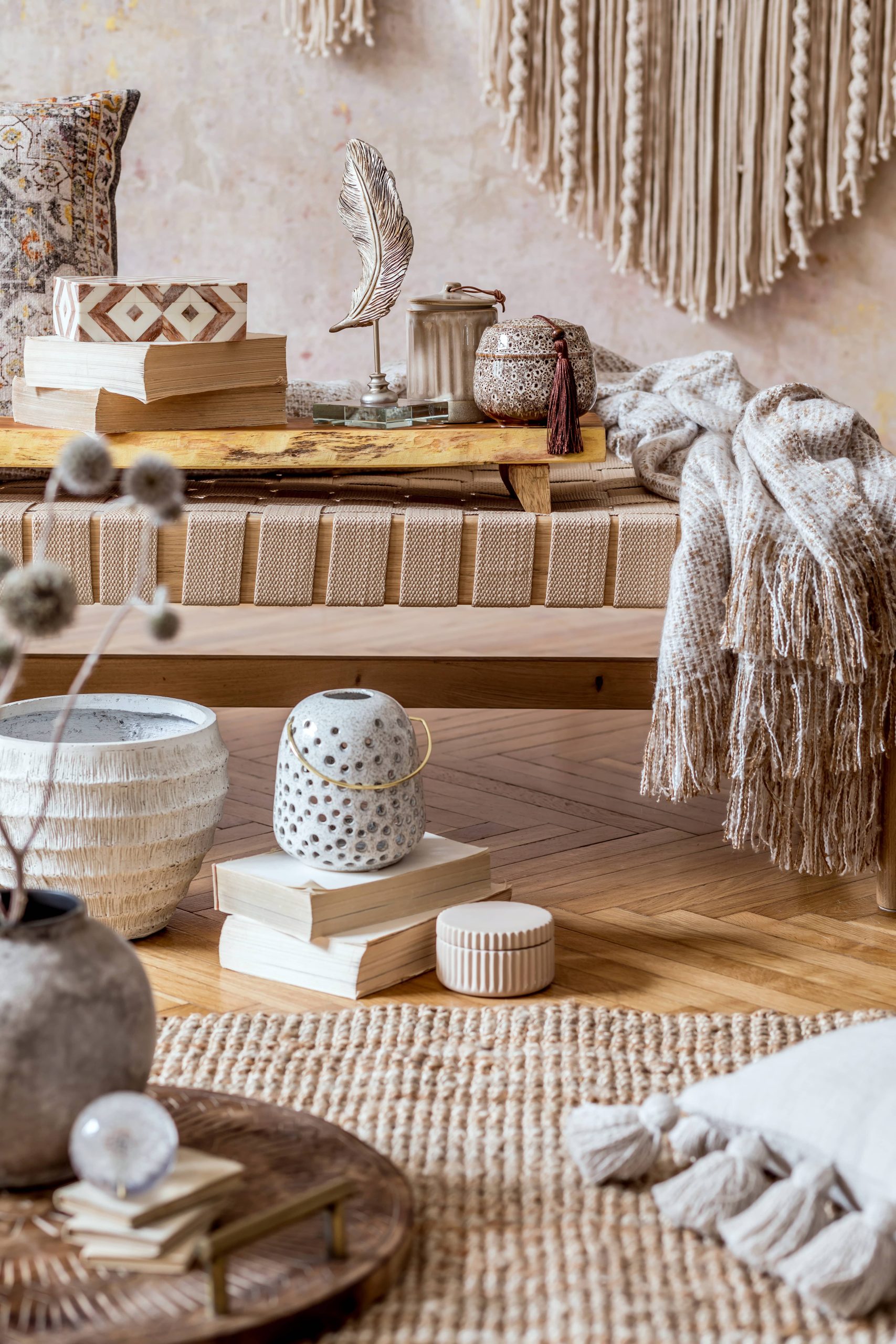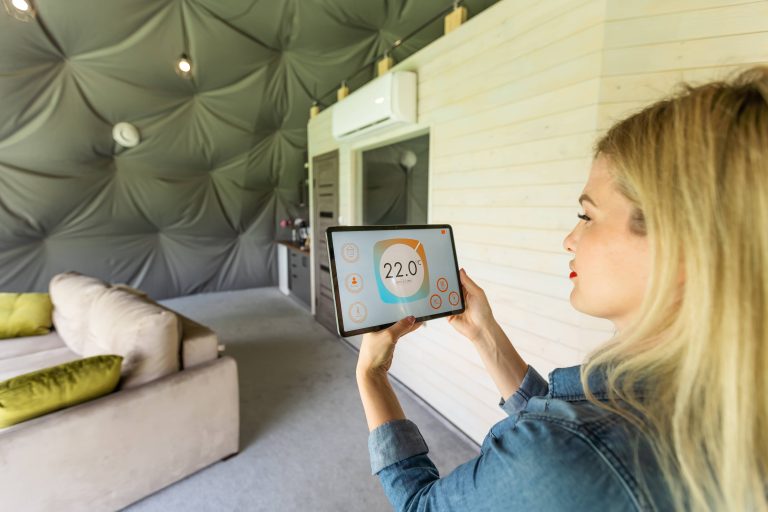
In the world of interior design, the debate often circles around choosing between contemporary or classic styles. However, who says you have to choose just one? The art of blending contemporary and classic design elements can create timeless spaces filled with character, warmth, and modern flair. This harmonious design approach not only reflects a deep understanding of both design philosophies but also showcases your personal taste and creativity.
Understanding Contemporary and Classic Styles
Before delving into how to blend these styles, it’s crucial to understand what each entails. Contemporary design refers to the present day. It is fluid and can change, borrowing from various styles including modern, minimalist, and even a bit of futuristic designs. Hallmarks of contemporary interiors include clean lines, neutral colors, open spaces, and an emphasis on light and simplicity.
On the other hand, classic design, often influenced by traditional European decor, consists of elegant furnishings, detailed woodwork, and symmetry. It embodies a sense of history, quality, and timelessness with rich colors, varied textures, and an array of patterns.
Finding the Perfect Balance
Blending contemporary and classic elements is all about finding balance. It requires the thoughtful selection of features from each style to create a cohesive narrative. Here are several strategies to effectively merge these design elements:
1. Core Elements as Anchors
When merging both styles, decide which style will serve as the foundation and which will accent. Typically, most choose contemporary as the base since it offers a cleaner slate to build upon. For example, start with a room that features sleek, modern furniture and minimalistic design elements. From there, incorporate classic accents like antique accessories, a vintage rug, or a classic art piece to add depth and interest.
2. Play with Colors and Textures
Color is a powerful tool in interior design, and blending the muted tones of contemporary design with the richer palette of classical styles can create visually stunning spaces. Consider a primarily neutral color scheme with pops of color and texture from classic influences like rich velvet cushions, botanical wallpapers, or opulent gold or bronze metallics found in classic accessories.
Textures also play a big role. Contemporary designs often rely on smooth, polished finishes, while classic styles embrace a range of textures. This can be achieved by combining glass or metal surfaces with plush fabrics or intricate wooden carvings.
3. Select Statement Pieces
Integrate statement pieces from both styles to anchor the room and draw the eye. This could be a contemporary piece of art juxtaposed with a classic crystal chandelier. Each can complement each other when thoughtfully placed. It’s essential that these elements don’t compete for attention but rather coexist to tell their part of the story.
4. Focus on Architectural Features
Utilizing architectural details can help marry the two styles. For instance, consider crown moldings and wainscotings—a nod to classic elegance—alongside open floor plans and large windows that emphasize the contemporary. Even the choice of flooring can blend both styles; wooden floors add warmth and history, while sleek tile or concrete can offer a modern twist.
5. Mix and Match Furniture Styles
Consider mixing furniture styles to create a dynamic look. A modern couch can pair beautifully with antique side tables. Re-upholstered classical furniture in contemporary fabrics can also bridge the gap, offering familiarity as well as freshness.
6. Layering Decor
Layering contemporary and classic decorations allows for a dynamic space. Start with a contemporary base, like a modern couch with clean lines. Add classic layers through a gallery wall of vintage prints or mirrors that echo traditional styles. This layered design not only adds texture and depth but also tells a unique story.
Creating a Cohesive Space
The key to blending contemporary and classic styles is ensuring the space feels intentional. Here are some additional tips to ensure coherence:
– Space Planning: Start with a clear plan to balance the use of space and light. Contemporary designs often utilize open spaces—use these areas to showcase classic elements without overwhelming the design.
– Unifying Elements: Collect unifying elements, such as repeating colors or materials, to link the styles seamlessly throughout the room. A consistent color palette or recurring materials (like metal or wood) can help maintain cohesion.
– Neutral Foundations: A neutral foundation can provide a blank canvas against which both styles will shine equally. Use neutral shades on walls and larger furniture, allowing accent pieces from both styles to stand out.
– Mindful Proportions: Maintain a sense of proportion when placing contemporary and classic items. Ensure the scale of furniture and decor complements one another without one overpowering the other.
Conclusion
Blending contemporary and classic design elements requires an eye for balance and detail—it’s an art form that relies on appreciating the history and looking ahead to future trends. When done thoughtfully, a home can incorporate the best of both worlds, achieving spaces that are sophisticated, warm, inviting, and unutterably stylish. By combining the clean lines and simplicity of contemporary design with the warmth and detailing of classic interiors, you can create spaces that stand the test of time, celebrating both the past and present in perfect harmony.
Whether you’re designing a single room or a full home renovation, merging these two styles can result in a beautiful, cohesive end result. The approach not only elevates the aesthetic of your home but also allows you to express your personal style. Embrace the challenge and discover the boundless possibilities of blending contemporary and classic design elements.







